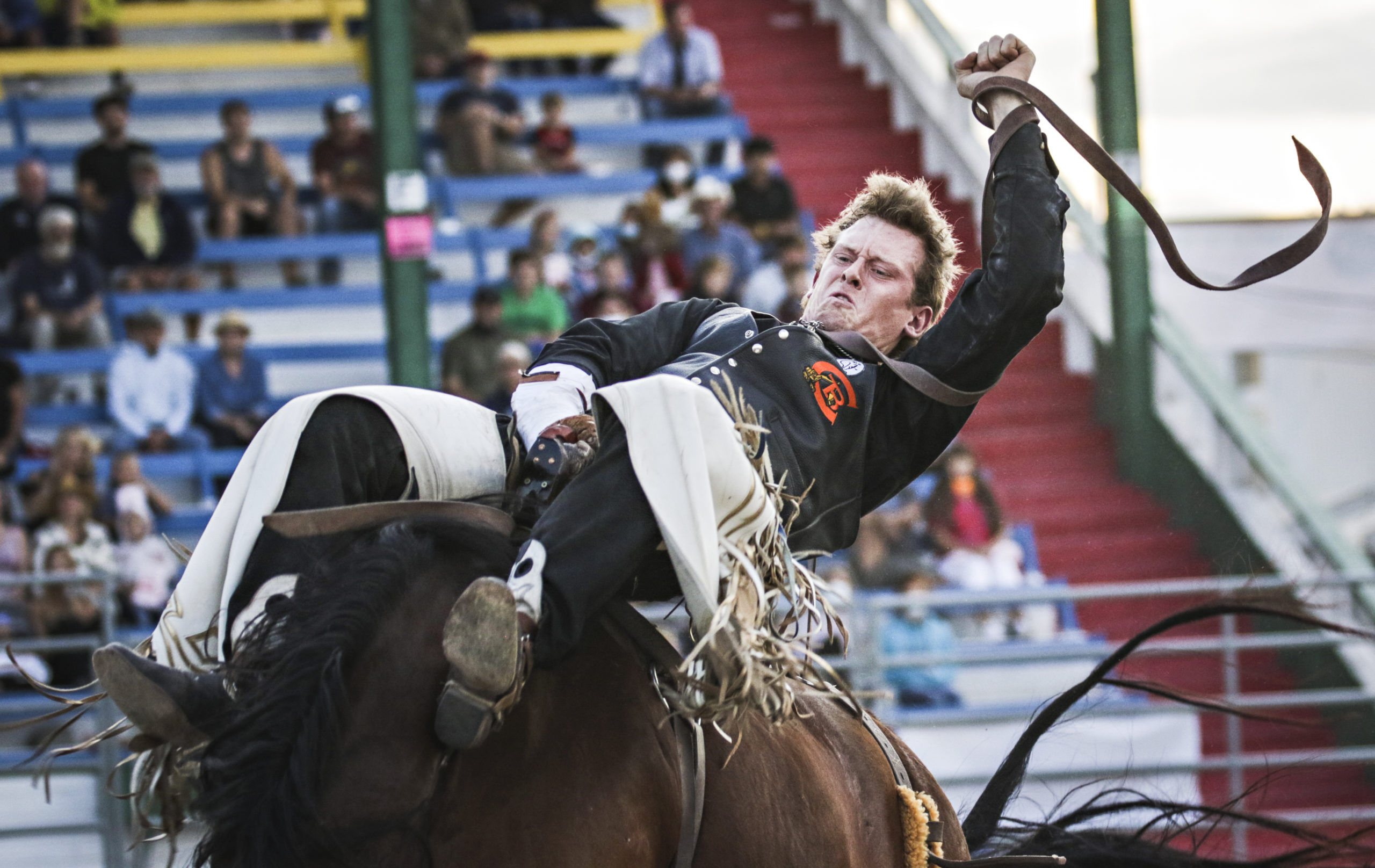COVID-19 Cost Fair More than $500,000 in Revenue
Months after the Northwestern Montana Fair was held, county is faced with how to balance budget
By Micah Drew
More than three months after the county held the controversial Northwestern Montana Fair in the midst of the COVID-19 pandemic, the economic cost is coming into focus.
Fair manager Mark Campbell presented the latest numbers to the county commissioners at their meeting on Nov. 17, showing year-to-date revenue is roughly $535,000 below the average from the last three years. Taking into account a deposit into the reserve fund last year, the fair is facing a $435,000 shortage in order to make the budget balance out.
“We’re watching expenses between now and the end of the year and are being extremely frugal,” Campbell told the commissioners, pointing out that overall expenditures, once adjusted for those that could be submitted for reimbursement from the CARES act, were also below average. “We will need to work out a plan with yourselves and finance… as we go forward toward the budget year ending in June.”
He told the commissioners that it would take a combination of general funds, tax revenue, deferral of capital improvement projects and utilizing the fair’s reserve account to cover the shortfall.
The improvement projects slated to take place over the next year include replacing an aging boiler in one of the exposition buildings and replacing the north bleachers. The reserve account currently has $281,000, not enough to cover the deficit.
“I’ve been thinking about it and I can’t find another resource for that [amount of funds] to cover this year,” Campbell said. “I don’t see another large grant coming in.”
In an interview, Campbell said that while there was no specific plan currently in place for how the funds would be made up, they were getting closer to a solution each month.
Revenue from the fair amounts to roughly 75% of the annual operating budget, all derived from a single week of activity, while the remaining funds come from facility rentals.
On the rental front, Campbell said that due to event cancellations, he was projecting an additional $30,000 deficit from that revenue stream.
Looking towards next summer, what form the fair will take is up in the air. Campbell said the competitive programs for the youth would continue, regardless of what form they take. Because the rodeo came within 1% of covering its costs this summer, he is confidant it will remain a fair staple.
The concert with county artist Lee Brice operated at a loss, and Campbell said a decision about going forward with a show next year would be an early decision to make next year. He would like to bring back the carnival, which was another big hit to the revenue side and greatly contributed to the 60% reduction in attendance, and noted that going forward each fair program would have to be examined more independently than in the past.
“But I must also remain an optimist.,” Campbell said. “Fairs have an agricultural foundation and if you look at any farmer out there, they’re an optimist. They always think spring’s going to come out great and the weather’s going to be great. [That attitude] comes with the fair business.”